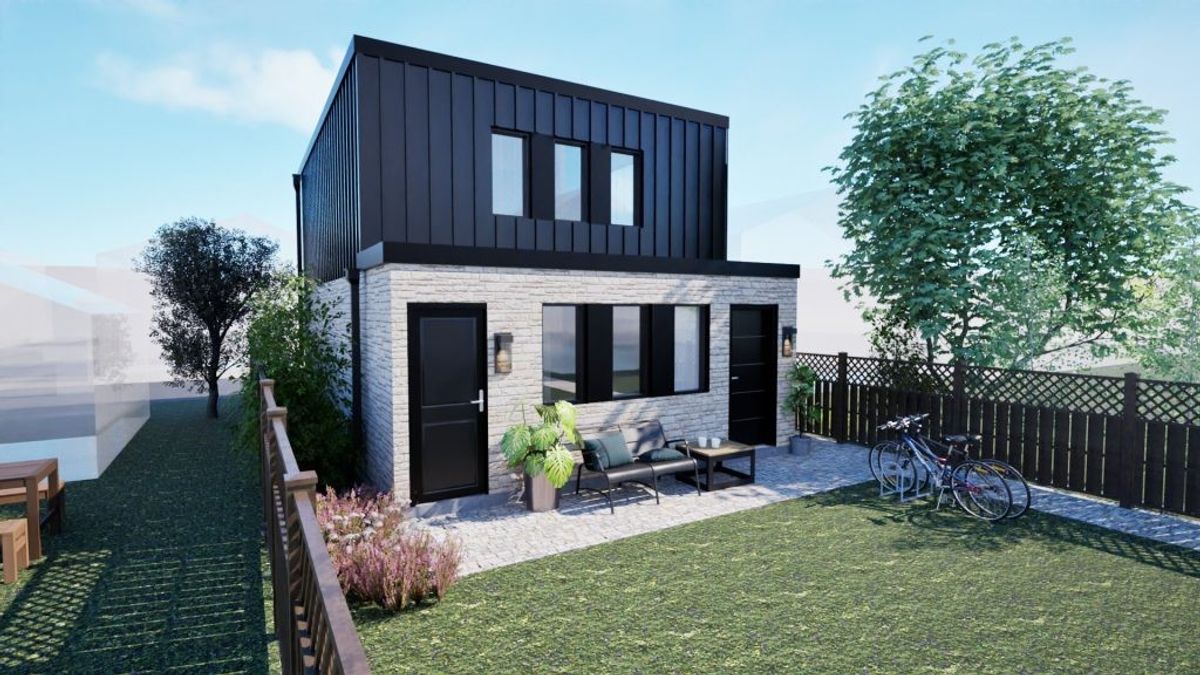Following a sleepy September, the GTA’s new home market showed signs of life in October, although activity was still well below the monthly norm.
This is according to a new report from the Building Industry and Land Development Association (BILD) based on data from Altus Group -- BILD’s official source of new home market intelligence. The data revealed that although new home sales were down 53% year over year and 49% below the 10-year average, the number of units sold (2,007) was "much improved from the past two months,” according to Edward Jegg, Research Manager at Altus Group.
With that said, sales dipped to a notable low, falling to the lowest level for October since 2008.
READ: As New Home Sales Plummet, Developers Get Creative in "Dead Market"
Condominium apartments -- including units in low, medium, and high-rise buildings, stacked townhouses, and loft units -- accounted for the lion’s share of sales, with 1,601 units sold. That figure was down 50% from October 2021 and 40% below the 10-year average.
Sales of new single-family homes -- including detached, linked, and semi-detached houses and townhouses, but excluding stacked townhouses -- trailed behind, with 406 units sold. That figure was down 64% YoY and 67% under the 10-year average. This was the slowest October for single-family home sales since Altus Group started tracking the activity in 2000.
Still, Jegg maintains that October's numbers spell good things for the housing market, particularly when compared to the month prior when just 45 single-family homes and 289 condos were sold. This indicates the gradual return of homebuying demand as buyers become "acclimatized to the new market realities of higher mortgage rates and softening prices."
With more buyers broaching the market, home prices saw a slight rally. The benchmark price for new condominium apartments in October was up 9% over the last 12 months to $1,147,318, while the price of new single-family homes rose 9.6% over the last 12 months to $1,815,642.
Conversely, new home inventory remained relatively stagnant in October, at 12,588 units. That figure is 40% below the 10-year average. Remaining inventory included 10,773 condominium apartment units and 1,815 single-family lots, representing five and four months of inventory respectively. A balanced market would have nine to 12 months of inventory.
“As demand for housing begins to reassert itself, our region’s lack of supply will continue to constrain consumers’ ability to find the homes they need,” said Dave Wilkes, BILD President and CEO. “That’s why we support the Ontario government’s new housing plan, the More Homes Built Faster Act, which will make it easier to build new homes more quickly, reduce costs, cut red tape and enable the building of the 1.5M new homes Ontario needs in the next decade.”





















